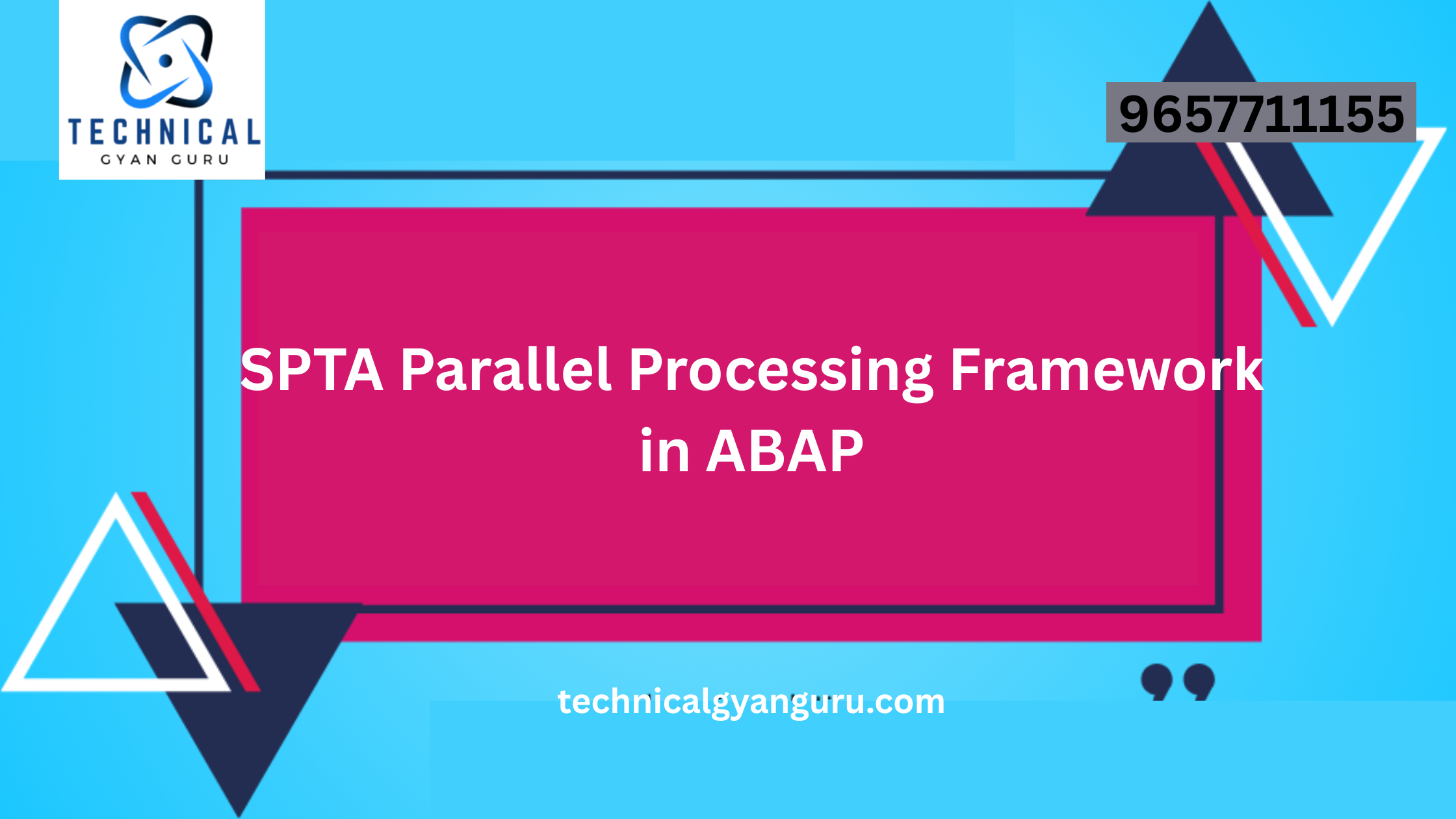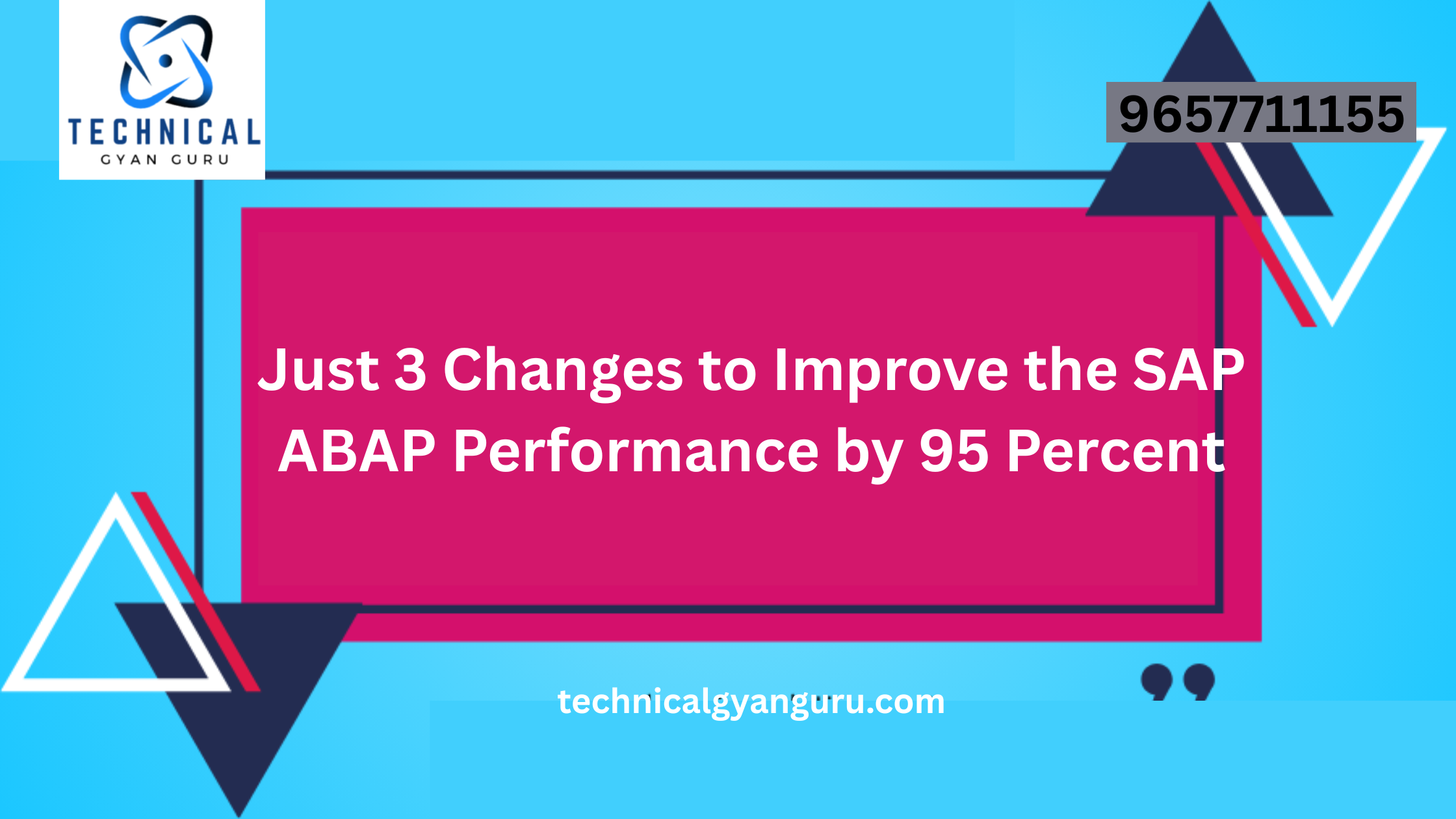Introduction: SAP Payroll Transaction Codes
SAP Payroll Transaction Codes: Efficient payroll management is a critical aspect of any organization’s operations. SAP Payroll, a module within the SAP ERP system, is designed to handle all aspects of payroll processing, from time management to salary payments. Navigating through the intricacies of payroll tasks can be simplified with the use of SAP Payroll transaction codes. This blog post serves as a comprehensive guide, shedding light on the significance of SAP Payroll transaction codes and how they contribute to optimizing payroll processes.
Understanding SAP Payroll Transaction Codes:
Transaction codes in SAP Payroll are alphanumeric shortcuts that allow users to access specific functionalities within the system quickly. These codes cover various aspects of payroll processing, including employee master data maintenance, time management, and payroll execution. By utilizing transaction codes, users can perform tasks efficiently, ensuring accurate and timely payroll processing.
Common SAP Payroll Transaction Codes:
- Payroll Execution:
- PC00_M00_CEDT: Execute the payroll for a specific period and payroll area.
- PC00_M00_CALC_SIMU: Perform a simulation of payroll run to review results before finalizing.
- PC00_M00_CDOC: Display payroll results and documents.
- Employee Master Data:
- PA30: Maintain employee master data.
- PA40: Execute personnel actions such as hiring, termination, or promotion.
- Time Management:
- PT60: Record working times for employees.
- PTMW: Execute time wage types maintenance.
- Payroll Reporting:
- S_PH0_48000510: Run payroll reports for specific periods.
- PC_PAYRESULT: Display payroll results for individual employees.
Key Functionalities Explored:
- Payroll Execution:
- PC00_M00_CEDT: Execute the payroll run for a particular period and payroll area.
- PC00_M00_CALC_SIMU: Conduct a simulation of the payroll run to preview results.
- PC00_M00_CDOC: Access and review payroll results and related documents.
- Employee Master Data:
- PA30: Maintain and update employee master data, ensuring accuracy in payroll processing.
- PA40: Execute personnel actions like hiring or promotions, reflecting changes in payroll calculations.
- Time Management:
- PT60: Record and manage working times for employees, a crucial input for payroll calculations.
- PTMW: Maintain time wage types, ensuring proper integration with the payroll module.
- Payroll Reporting:
- S_PH0_48000510: Generate payroll reports for specific periods, facilitating analysis and compliance.
- PC_PAYRESULT: View detailed payroll results for individual employees.
Benefits of SAP Payroll Transaction Codes:
- Efficient Payroll Processing:
- Transaction codes facilitate swift execution of payroll runs and simulations, reducing processing time.
- Accurate Employee Data Management:
- PA30 and PA40 transaction codes ensure that employee master data is consistently accurate and up-to-date.
- Streamlined Time Management:
- PT60 and PTMW enable efficient recording and maintenance of employee working times, a critical component of payroll calculations.
- Enhanced Reporting Capabilities:
- Reporting transaction codes enable users to generate comprehensive payroll reports for analysis and compliance purposes.
Conclusion:
In the realm of payroll management, SAP Payroll transaction codes are indispensable tools for organizations seeking efficiency and accuracy. Understanding and leveraging these codes empower users to navigate the complexities of payroll processes seamlessly. As businesses continue to prioritize precise payroll calculations and compliance, mastering SAP Payroll transaction codes becomes a key factor in achieving excellence in payroll management.







